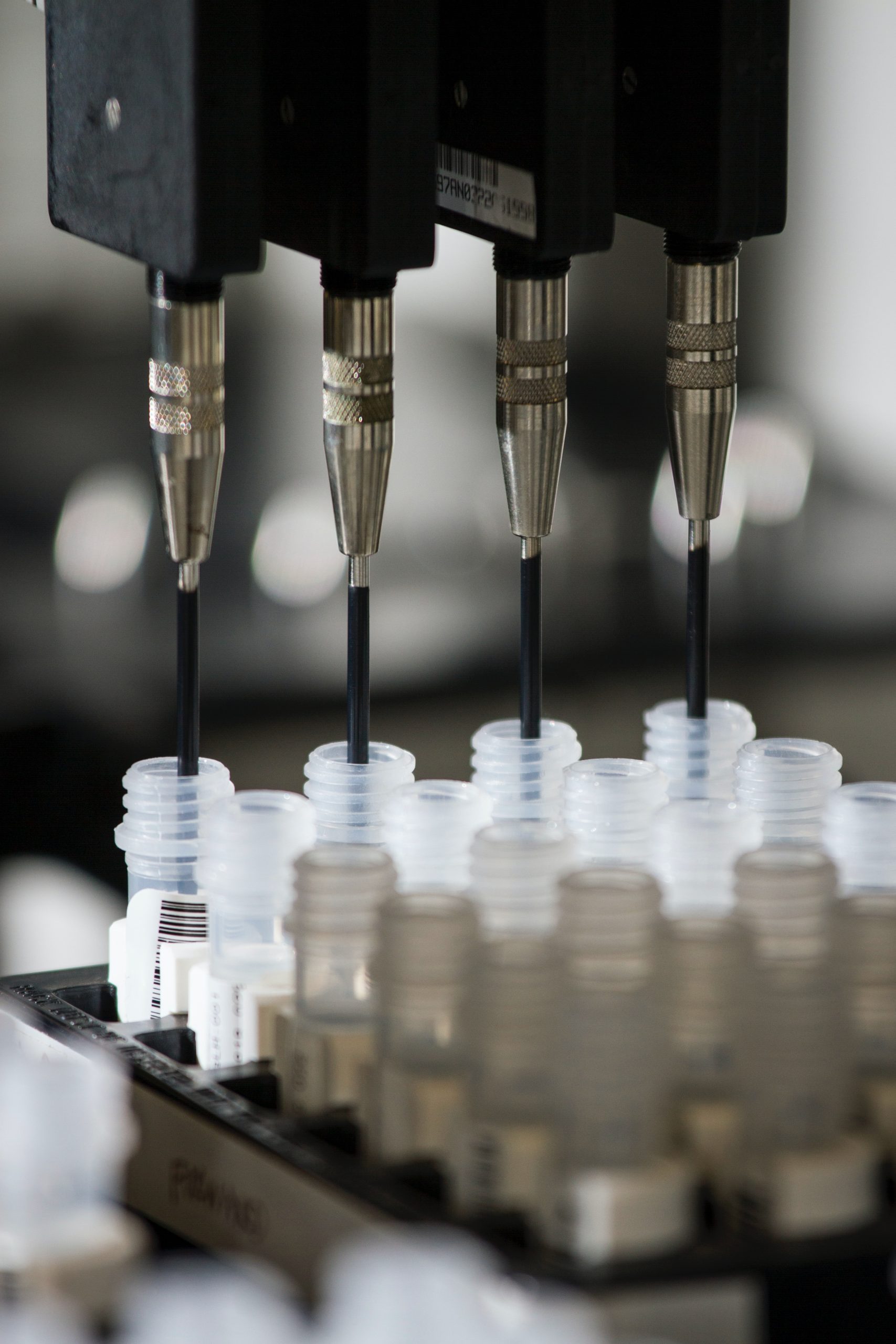Are you curious about the latest advancements in agriculture? Biotech farming is a rapidly growing industry that is changing the way we produce our food. With genetically modified crops and cutting-edge technology, biotech farms are revolutionizing the agricultural landscape. But what exactly is biotech farming, and how does it work? In this blog post, we’ll take a closer look at the science behind biotech farming, including its different types, pros and cons, regulatory measures, and more. So grab your favorite snack and read on to discover all you need to know about biotech farming!
What is Biotech Farming?
Biotech farming, also known as genetic engineering or genetically modified farming, involves the manipulation of an organism’s genes to produce desired traits. This process allows scientists to create plants that are more resistant to pests and diseases, have a longer shelf life, and can withstand harsh environmental conditions.
One method used in biotech farming is the insertion of a specific gene into a plant’s DNA. This gene may be from another species entirely, allowing for cross-species hybridization. Another approach is the selective breeding of crops with desirable traits over many generations until those traits become dominant.
Biotech farms use cutting-edge technology such as CRISPR-Cas9 gene editing to produce crops with specific attributes. For instance, researchers have developed tomatoes with delayed ripening times by modifying their genes through this technique.
While biotech farming has been criticized for its potential risks including unintended environmental impacts and unknown health effects on humans who consume GM foods regularly, it remains a crucial component in addressing global food security challenges and boosting agricultural productivity.
The Different Types of Biotech Farms
There are various types of biotech farms that utilize different techniques and technologies to grow crops. One type of biotech farming is genetic modification, where the DNA of a plant or crop is altered to enhance desirable traits such as resistance to pests or disease.
Another type of biotech farming is precision agriculture, which involves using data-driven approaches like sensors and drones to optimize planting, irrigation, and fertilization practices. This allows farmers to maximize their yields while minimizing waste and environmental impact.
Vertical farms are another type of biotech farming that involve growing crops in vertically stacked layers instead of traditional horizontal fields. These farms use artificial lighting and hydroponic systems to cultivate crops indoors year-round, making them ideal for urban areas with limited space for traditional farming.
There are also organic biotech farms that use natural methods such as composting, crop rotation, and biological pest control rather than synthetic chemicals. These methods allow farmers to produce high-quality organic products while minimizing harm to the environment.
These different types of biotech farms offer unique solutions for sustainable food production in an increasingly crowded world.
Pros and Cons of Biotech Farming
Biotech farming, also known as genetically modified (GM) crops or organisms, has both advantages and disadvantages. One of the greatest benefits is that GM crops can help increase yields by making plants more resistant to pests, diseases and extreme weather conditions. This means farmers can produce more food with less inputs like water, fertilizers and pesticides.
Another advantage is that GM crops can have a longer shelf life than traditional foods which reduces waste in transport and storage. Furthermore, biotech farming can help reduce soil erosion caused by overuse of chemicals through conservation tillage practices.
However, some people are concerned about the potential health risks associated with consuming GM foods. There are also environmental concerns such as unintended effects on non-target species or creating superweeds that resist herbicides.
Additionally, there are ethical concerns regarding ownership rights of genetic materials used in biotech farming methods. Some argue that corporations may gain too much power over the world’s food supply while others believe it could lead to a monopoly on certain products causing higher prices for consumers.
Biotech farming has both its supporters and detractors but it remains an important tool in addressing global food security challenges faced today.
What Foods are Grown on Biotech Farms?
Biotech farming has significantly changed the agriculture industry in recent years. With the help of biotechnology, farmers can now grow crops that are resistant to pests and diseases, have a longer shelf life, and are more nutritious. But what kind of foods are grown on biotech farms?
Biotech farms typically grow crops like corn, soybeans, cotton, canola, and sugar beets. These crops have been genetically modified to resist herbicides and pests which make them more productive than traditional crops.
Moreover, biotechnology is also used in producing food additives such as enzymes for cheese-making or sweeteners for soft drinks. Biotechnology is essential because it helps enhance food production while reducing environmental degradation.
One exciting development in biotech farming includes the creation of “Golden Rice.” This rice contains beta-carotene – an essential nutrient that our bodies need but cannot produce on their own – providing much-needed nutrition for people who lack access to a balanced diet.
Biotech farming plays a crucial role in ensuring we have enough food to feed our growing population sustainably. It allows us to produce higher yields with fewer resources while simultaneously improving the nutritional value of some key staple foods.
How is Biotech Farming regulated?
Biotech farming is a highly regulated industry due to the potential risks and benefits associated with its use. The regulatory process involves multiple government agencies at both the federal and state levels.
The United States Department of Agriculture (USDA) is responsible for regulating biotech crops under the Plant Protection Act. This act ensures that genetically modified organisms (GMOs) are safe for human consumption, do not pose harm to the environment, and do not interfere with other crops.
In addition to USDA regulations, the Environmental Protection Agency (EPA) regulates pesticides used in biotech farming. Pesticides must undergo rigorous testing before their approval for use on biotech crops.
Furthermore, the Food and Drug Administration (FDA) oversees food safety aspects of biotechnology. They ensure that foods derived from GMOs are safe for human consumption and labeled appropriately.
Individual states may have additional regulations regarding biotech farming practices within their borders. These regulations can vary widely based on state policies and priorities.
These regulatory measures help ensure that biotech farming is conducted safely and responsibly while allowing farmers access to innovative technologies that can increase yield production while reducing environmental impacts.
Conclusion
Biotech farming is a complex subject with both benefits and drawbacks. Biotech farms can produce crops that are more resistant to pests and diseases, which leads to higher yields and lower costs for consumers. However, there are also concerns about the long-term effects of genetically modified organisms on the environment and human health.
It is important for farmers, scientists, regulators, and consumers to work together in order to ensure that biotech farming practices are safe, ethical and sustainable. By doing so we can reap the benefits of this technology while mitigating any potential risks or negative impacts.
Ultimately it’s up to each individual consumer to decide whether they want to support biotech farming by purchasing products made from GMOs or not. As we continue down this path of technological advancement in agriculture it will be interesting see how our relationship with food changes over time.




